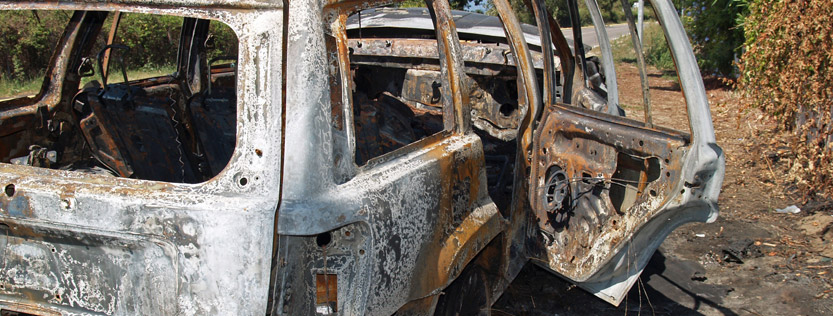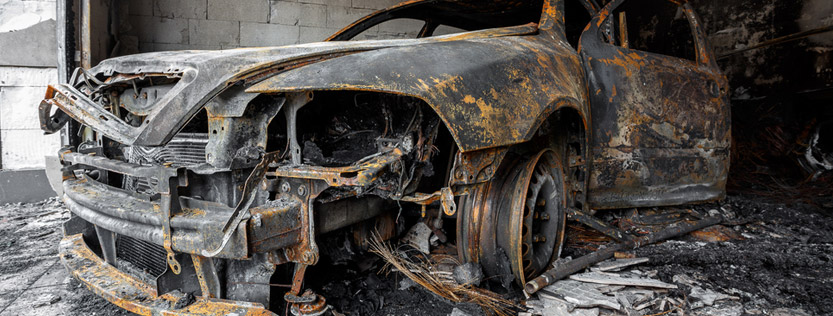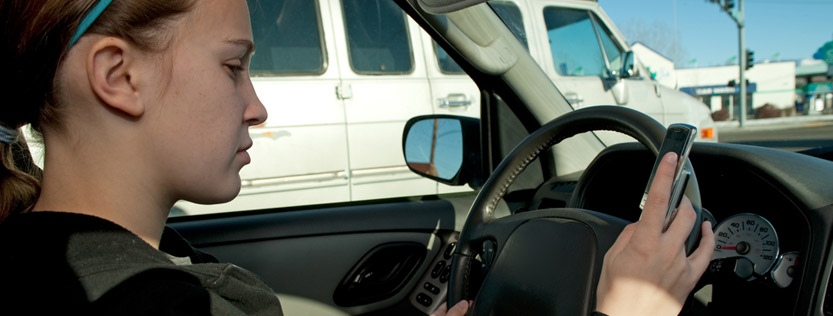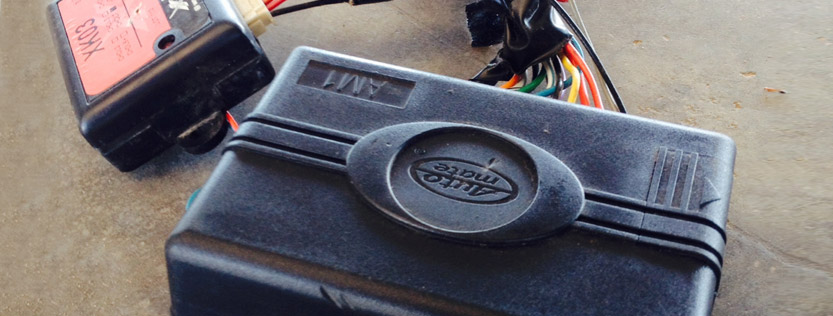Exploding Jeeps: A Lesson Not Learned From the Ford Pinto
Remember the popular Ford Pinto that turned out to be a deadly ride if rear-ended?
In 1970, Ford decided to move ahead with production of their new Pinto, even though their engineering crash tests showed it had a flawed design that would cause the gas tank to explode if the car was hit from behind. An estimated 500 people died in rear-end collisions involving Pintos.
A hauntingly similar problem involves Chrysler’s Jeep Grand Cherokee and Liberty SUVs, which are designed with cheap plastic fuel tanks that can easily rupture in rear-end collisions because the tank is positioned between the rear axle and the bumper. Like the Pinto, these exploding Jeeps have caused death and destruction on America’s roads.
NHTSA Fails to Protect Jeep Passengers
In 2010, the National Highway Traffic Safety Administration began an investigation of the Jeep Grand Cherokee model years 1993-2004 and the Jeep Liberty model years 2002-2007. NHTSA’s investigation found at least 37 accidents and 51 wrongful deaths were related to the Jeep SUV’s gas tank issue. Even though NHTSA estimated 5.1 million vehicles were affected, they ordered a voluntary recall of only 2.7 million Jeeps in June 2013.
Fiat Chrysler Automobiles immediately resisted the order, announcing their vehicles were safe and disputing the number of deaths attributed to the problem. Two weeks later Fiat Chrysler acquiesced but stated they would only recall 1.56 million vehicles.
Sergio Marchionni, the CEO of Fiat Chrysler, Transportation Secretary Ray LaHood, and the head of NHTSA, David Strickland, met in the summer of 2013 to determine how Chrysler would correct the problem. They agreed that Chrysler would install a trailer hitch to the recalled vehicles.
However, the agreement allowed Chrysler to install fake, non-functioning trailer hitches. They would not provide wiring capabilities to connect trailer brakes, nor were these hitches capable of safely towing trailers or loads. In fact, dealers were instructed to tell vehicle owners not to use the trailer hitches for any type of towing. Worse, their engineers knew that the hitch would provide almost no safety improvement in crashes over 20 miles per hour.
Today, only about a third of the recalled Jeeps have been retrofitted with the tow hitch because of a delay in manufacturing the part.
Jeep a Tragic Ride Back to the Future
Over four decades ago, Ford proceeded with production of the Pinto after an internal “cost analysis” determined that it would be more expensive to correct the gas tank’s flawed design than to pay out catastrophic injury and wrongful death settlements. After the truth was exposed in an article by Mother Jones, a mandatory recall was ordered, and lawsuits and criminal charges ensued. It took the Ford corporation years to repair its reputation.
Last week, a Georgia jury awarded $150 million in a wrongful death verdict to the family of a 4-year-old boy who was killed in 2012 when the Jeep Grand Cherokee he was riding in exploded after being rear-ended. The fuel tank was punctured during the crash and leaked fuel which ignited, burning the young boy to death in the back seat of the vehicle.
The death of the 4-year-old boy is just one of at least 50 deaths that are attributed to the Jeeps’ fuel tank issue. Consumers are now left questioning the failure of this corporation along with the regulatory agency that let these vehicles remain on the road.
NHTSA in Bed with Big Auto
NHTSA claims that consumer safety is their number one priority. But if that is to be believed, why did they allow Chrysler to negotiate the number of vehicles to be recalled, putting corporate profits ahead of consumer safety? Why was Chrysler allowed to proceed with an inadequate fix of their SUVs, and why have they been allowed to drag their feet bringing in the defective vehicles to install this very inadequate fix?
It shouldn’t come as a surprise that David Strickland, who stepped down as the head of NHTSA in 2014, now works as a lobbyist for a law firm that represents auto manufacturers, and which counts Chrysler as one of its clients.
Corporations need to be held accountable. The subordination of human safety to corporate profits is an issue that should have been resolved with the Ford Pinto litigation in the ‘70s. A $150 million wrongful death verdict may be the only way Chrysler will feel pressured to improve its vehicles, and it will send a message to other auto makers that they will be held accountable. An even stronger message can be sent by the Court by preserving the jury verdict and forcing Fiat Chrysler to pay the family every last cent of the $150 million award.
Consumers who own a recalled Jeep SUV may file complaints with the Center for Auto Safety or the National Highway Traffic Safety Administration and the Office of Defects Investigations at Safercar.gov.








